My Hebrew translation of the Gospel of MarkRobert L. Lindsey, A Hebrew Translation of the Gospel of Mark (2d ed.; Jerusalem: Dugith, 1973).
Below you'll see everything we could locate for your search of “Matt 6-9 Luke 1-4”

My Hebrew translation of the Gospel of MarkRobert L. Lindsey, A Hebrew Translation of the Gospel of Mark (2d ed.; Jerusalem: Dugith, 1973).
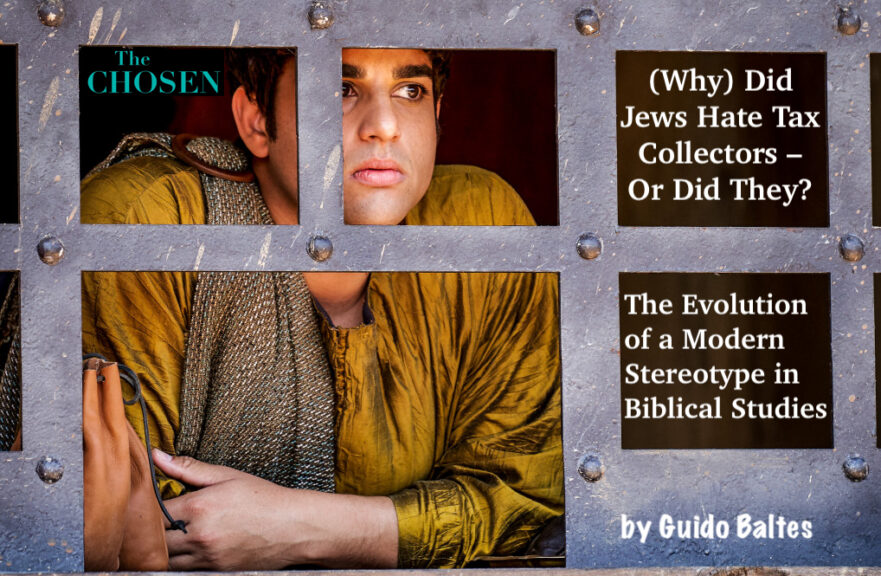
Additional references to criticism of Jesus’ association and table fellowship with “tax collectors and sinners” (Matt. 11:19 ∥ Luke 7:34; Luke 15:1-3) or to sins committed by tax collectors (Matt. 5:46; 21:31-32; Luke 3:12-13; 18:10-13; 19:8b), as well as the depiction of toll collectors as apparent “outsiders” (Matt. 18:17) add to the picture.
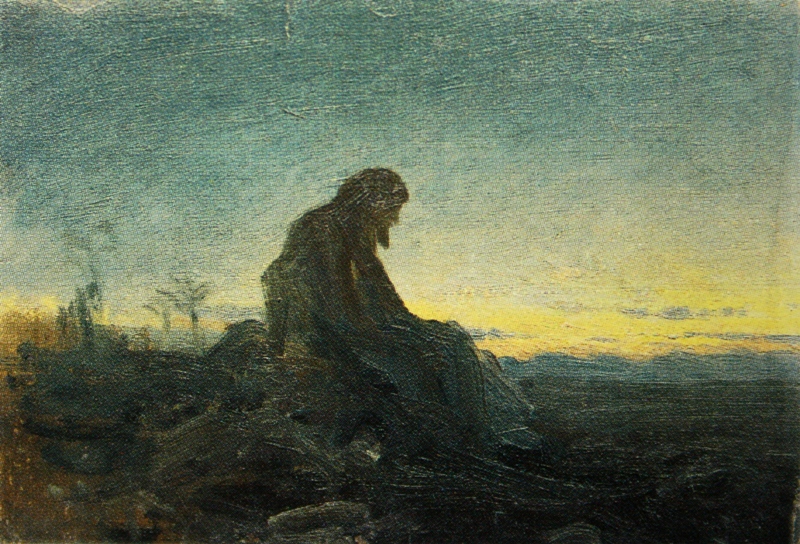
Matt. 4:1-11; Mark 1:12-13; Luke 4:1-13 (Huck 8; Aland 20; Crook 23)For abbreviations and bibliographical references, see “Introduction to ‘The Life of Yeshua: A Suggested Reconstruction.'”
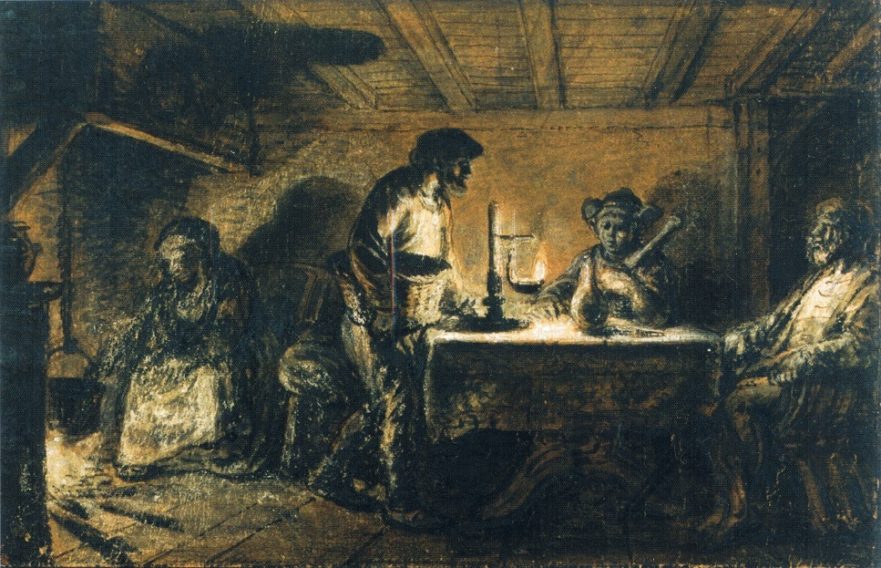
Matt. 10:11-15; 11:1; Mark 6:10-13; Luke 9:4-6; 10:5-12 Huck 58, 63, 109, 139; Aland 99, 105, 142, 177; Crook 105-109, 121, 162, 200-201)For abbreviations and bibliographical references, see “Introduction to ‘The Life of Yeshua: A Suggested Reconstruction.'”
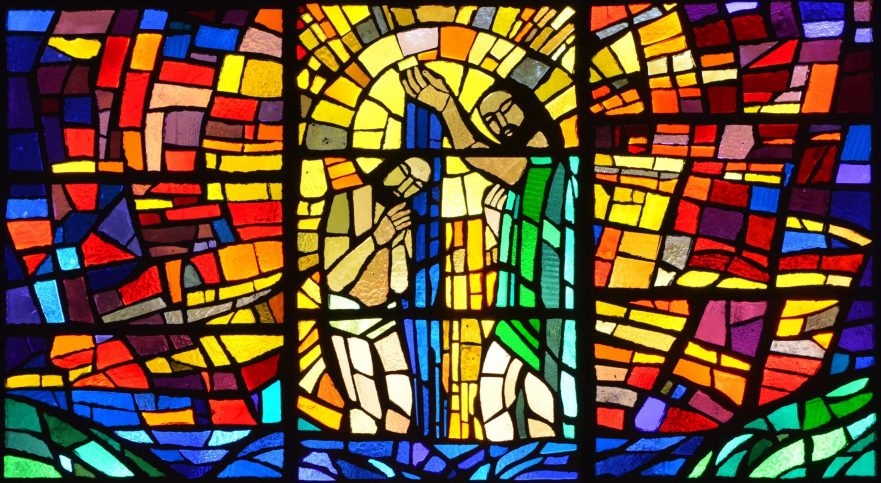
— wp:heading {“textAlign”:”center”,”level”:3} –> Matt. 3:13-17; Mark 1:9-11; Luke 3:21-22
In the Gospel of Luke, by contrast, a notice about John the Baptist’s imprisonment (Luke 3:18-20) intervenes between Yohanan the Immerser’s Eschatological Discourse (Luke 3:15-17) and Yeshua’s Immersion (Luke 3:21-22).

These were printed by Huck in adjacent columns so that one could quickly compare the similarities and differences in, for instance, “The Call of Levi” pericope (Matt. 9:9-11; Mark 2:13-16; Luke 5:27-30; Huck no. 53):
Pericope 53, The Call of Levi from Huck’s Synopsis
With such a passage it is necessary to check whether all the texts remain verse by verse in parallel. …
Two principal observations emerge: Mark and Luke (1) show agreement in the words καί and ἐξῆλθεν, and (2) show disagreement in Luke’s μετὰ ταῦτα and Mark’s non-Lukan addition of fourteen words.
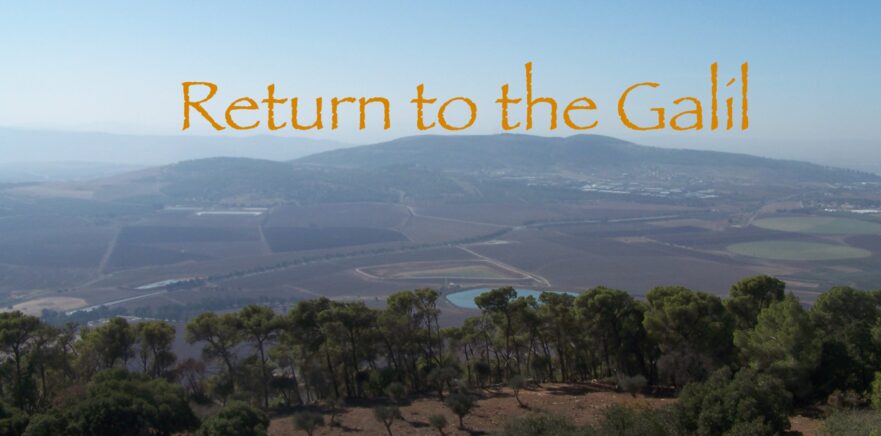
— wp:heading {“level”:3,”className”:”has-text-align-center”} –> (Matt. 4:12, 17; Mark 1:14-15; Luke 4:14-15)
Luke’s version of Return to the Galil (Luke 4:14-15) appears to have been based on a Hebraic source that was subsequently supplemented with additional information composed in Greek, which transformed the simple notice of Jesus’ return to the Galilee into a summary statement describing Jesus’ early teaching activities and the positive response it generated. … the opening sentence (Luke 4:14a), which describes Jesus’ return, reverts easily to Hebrew and contains themes and vocabulary that connect it to the preceding narratives (Yeshua’s Immersion and Yeshua’s Testing). … A few scholars have entertained the notion that in Luke 4:14-15 the author of Luke followed a non-Markan source. … For instance, Mark’s reference to John’s imprisonment after Jesus’ temptation (Mark 1:14) is a chronological “correction” of Luke’s mention of John’s imprisonment prior to Jesus’ baptism (Luke 3:19-20).
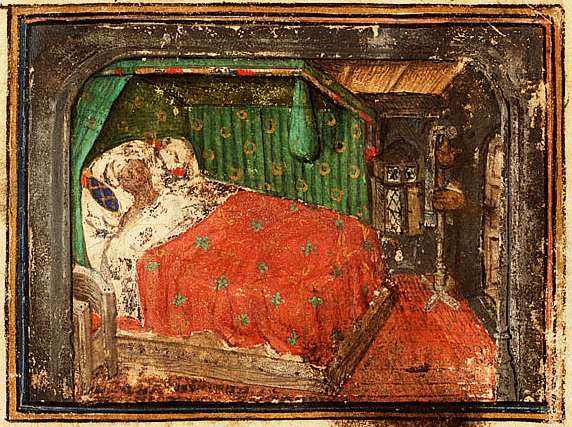
— /wp:heading –> Matt. 7:7-8; Luke 11:5-10 (Huck 38, 147, 148; Aland 70, 186, 187;
Crook 53, 211, 212)For abbreviations and bibliographical references, see “Introduction to ‘The Life of Yeshua: A Suggested Reconstruction.'”…
The author of Matthew omitted all but the conclusion of the Friend in Need simile, with the result that many scholars regard the “Ask, Seek and Knock” saying (Matt. 7:7-8 ∥ Luke 11:9-10) as an independent logion. … — wp:block {“ref”:18046} /–> Conjectured Stages of Transmission
The portion of Friend in Need that appears in Matthew agrees so closely with Luke’s version that Matt. 7:7-8 ∥ Luke 11:9-10 must be classified as Type 1 Double Tradition (DT). … Given the evidence that the author of Luke copied the conclusion of the Friend in Need simile (Matt. 7:7-8 ∥ Luke 11:9-10) from Anth., it follows that he copied the rest of the pericope from the same source.
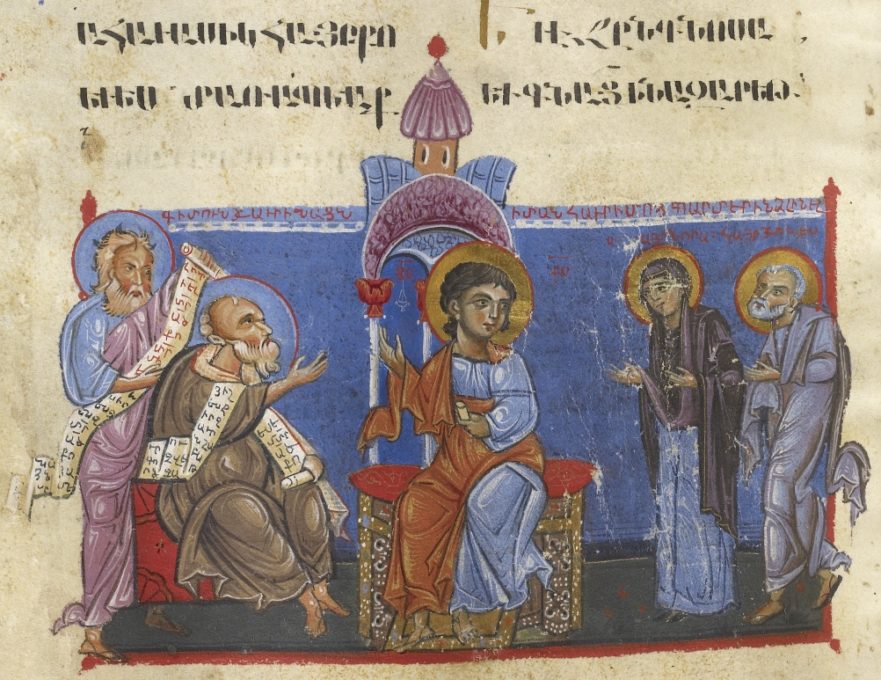
Jesus is circumcised “at the end of eight days” (Luke 2:21); because Jesus is their first-born son, his parents bring prescribed offerings to the Temple (Luke 2:22-24); and they go “every year” on the Passover pilgrimage from Galilee to Jerusalem (Luke 2:41)…. Yet, the emphasis on naming the child Jesus at the hour of his circumcision (Luke 2:21), coupled with the same claim with regard to John the Baptist (Luke 1:59-63), does not have a clear scriptural basis—the custom is first documented only in much later medieval Jewish sources…. One wonders whether in the narration of the family’s pilgrimage when Jesus turned twelve—a pilgrimage described as a nod to an existing custom—we discern another glimpse of broader behavior pattern (Luke 2:41-47):
The description of the wondrous annunciation of John the Baptist’s future birth to his father Zechariah portrayed as a priest in the Jerusalem sanctuary, which appears in the initial section of Luke, also deserves our attention (Luke 1:8-22):
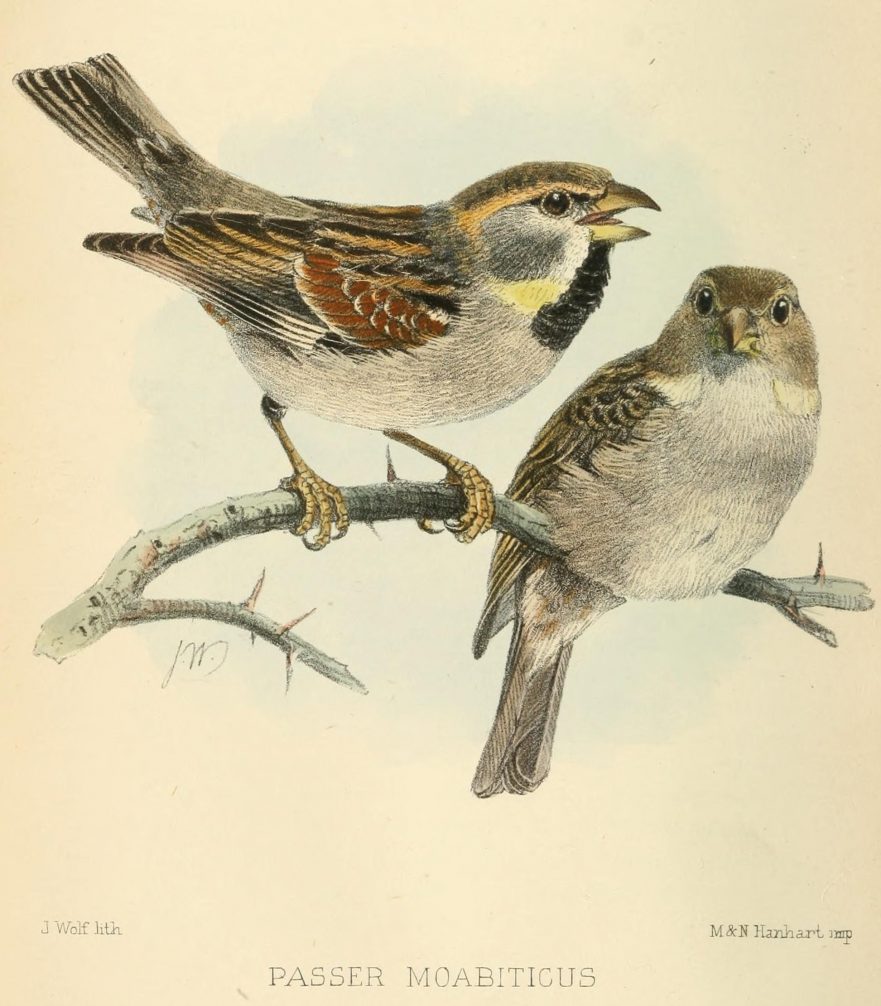
Matt. 6:25-34; Luke 12:22-31
(Huck 35, 157; Aland 67, 201; Crook 49, 236)For abbreviations and bibliographical references, see “Introduction to ‘The Life of Yeshua: A Suggested Reconstruction.'”… According to Lindsey, the Miryam and Marta story (Luke 10:38-42) was the narrative introduction of a teaching complex that included not only Yeshua’s Discourse on Worry (Matt. 6:25-34 ∥ Luke 12:22-31), but also the Rich Fool parable (Luke 12:16-21) and the Rich Man and Lazar parable (Luke 16:19-31), which he regarded as twin illustrations…. In support of his reconstruction, Lindsey noted that Jesus stated that Martha was “worried” about many things (Luke 10:41), which corresponds to Jesus’ instruction “Do not worry” in Yeshua’s Discourse on Worry (Matt. 6:25 ∥ Luke 12:22)See Lindsey, JRL, 101.Lindsey also believed that the description of the birds that do not store in barns (Matt. 6:26; cf. … Moreover, Lindsey found his reconstruction to be satisfying because it supplied the identity of the mysterious “one thing is needed” (Luke 10:42), namely, “Seek first the Kingdom of God” (Matt. 6:33 ∥ Luke 12:31).
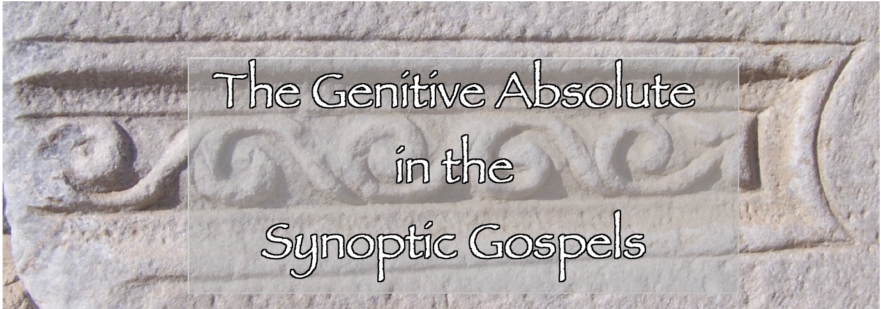
Updated: 23 October 2024For abbreviations and bibliographical references, see “Introduction to ‘The Life of Yeshua: A Suggested Reconstruction.'”
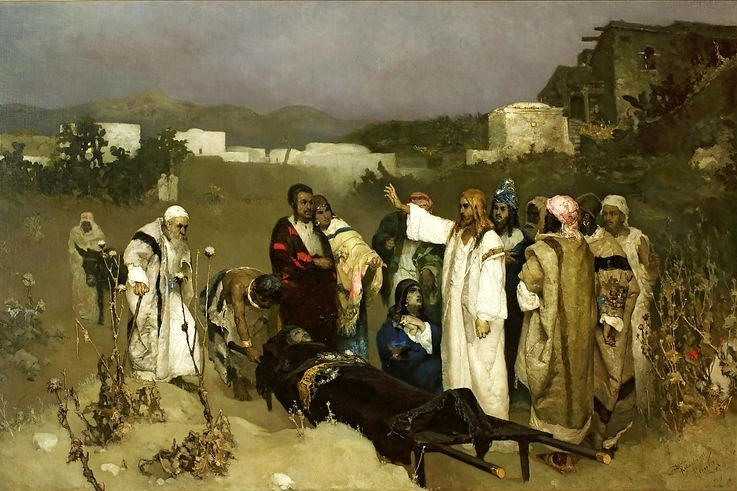
How to cite this article:
David N. Bivin and Joshua N. Tilton, “Widow’s Son in Nain,” The Life of Yeshua: A Suggested Reconstruction (Jerusalem Perspective, 2014) .
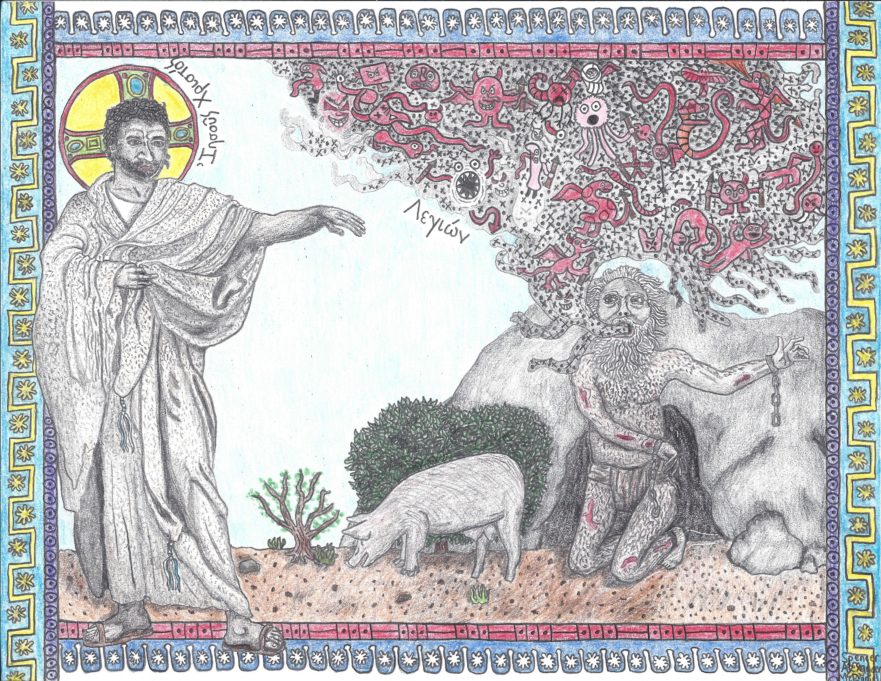
— wp:heading {“level”:3,”className”:”has-text-align-center”} –> Matt. 8:28-9:1; Mark 5:1-20; Luke 8:26-39 Matt. 9:2-8), while in Mark and Luke Possessed Man in Girgashite Territory is followed by Yair’s Daughter and a Woman’s Faith (